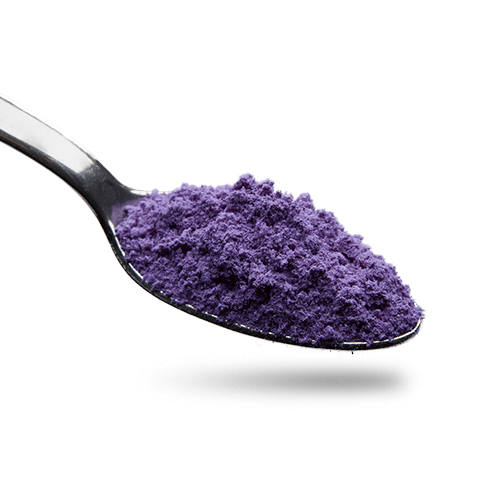Fluorescent derivatives of dextran and other polysaccharides are primarily used for studying permeability and transport in cells and tissue. An added benefit is that fluorescence measurements can provide quantitative data on the permeability of healthy versus diseased tissues. Such studies can be performed in real time by intravital fluorescence microscopy. The technique offers high sensitivity; concentrations down to 1 μg/ml can be detected in tissue fluids.
Other application areas are studies of drug delivery and microcirculation. Fluorescent derivatives can also be used as molecular size indicators in for example research kits. Our fluorescent polysaccharides modified with carboxymethyl (CM) or diethylaminoethyl (DEAE) gives the possibility to study the effect of charge on permeability. Our lysine-derivatives provide tools for bioconjugation and fixation, which can be used for preserving cells and tissue in a-like-like sate. Read more about applications here.
Microvascular flow and glomerular filtration
Movie. Microvascular flow and glomerular filtration are seen in a living rat kidney through the use of 150 kDa TRITC-dextran (red, microvascular flow) and a 4kDa FITC-dextran (green, glomerular filtration), both from TdB Labs. The initial part of the movie shows a glomerulus in the center and cross sections of surrounding tubules (orange); the nuclei in all cells appear cyan. The large 150 kDa TRITC-dextran is slowly infused in first, exhibiting spikes in fluorescence intensity as the material distributes throughout the bloodstream. After equilibration, the small 4kDa FITC-dextran is infused in and quickly filters across the glomerular filtration barrier and then travels along the proximal tubules surrounding the glomerulus.











